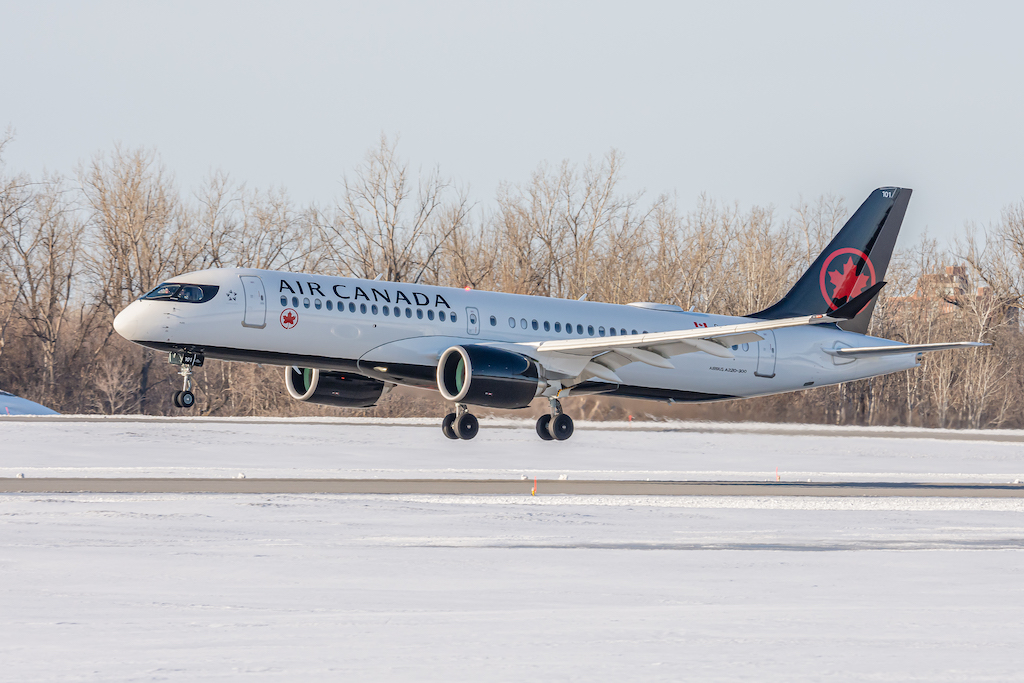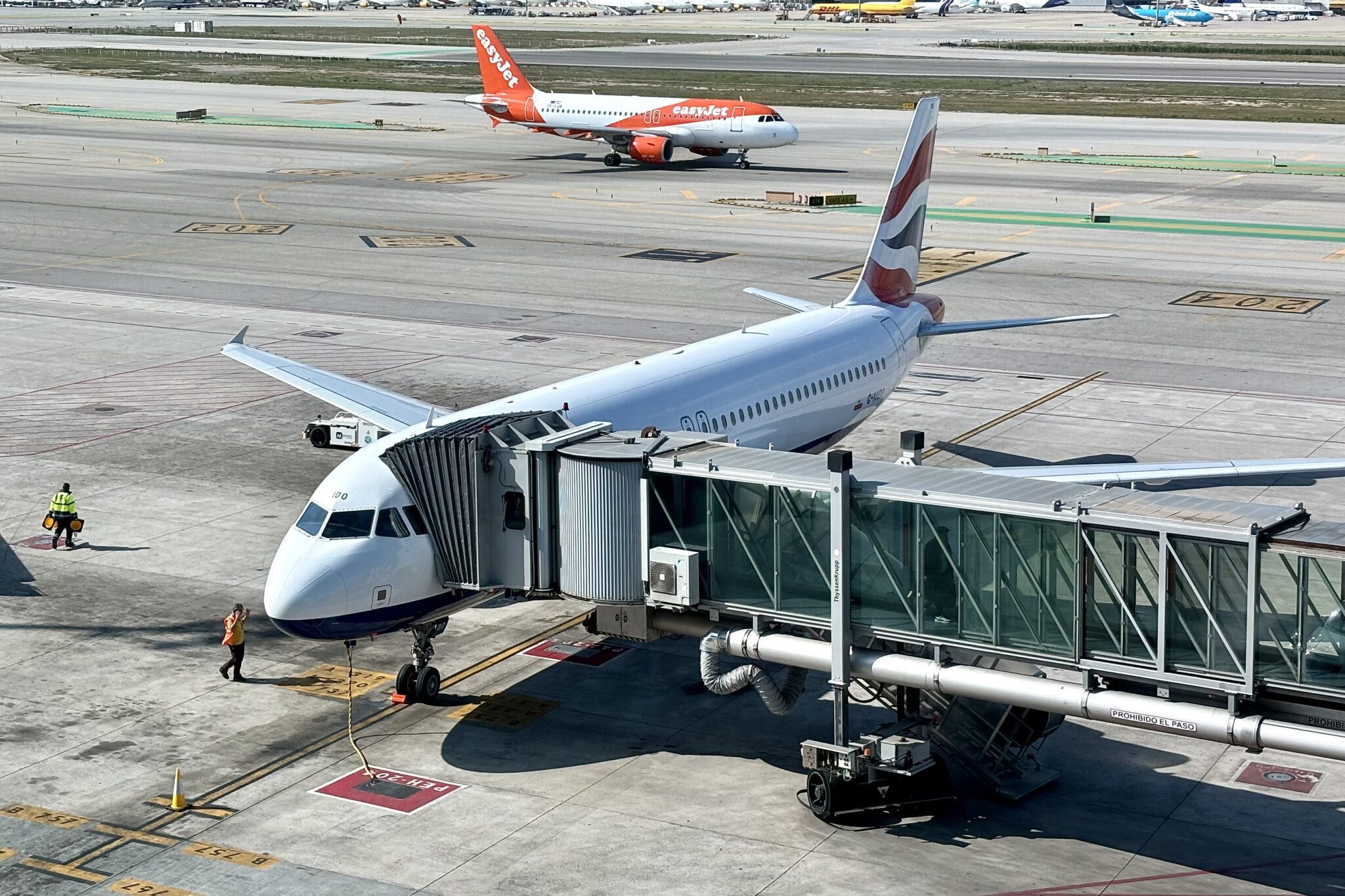Air Canada has begun the long slog to recovery as its namesake country slowly begins unwinding travel restrictions that have hobbled its airlines for more than a year.
The Montreal-based carrier is seeing “steady increases” in bookings for domestic, U.S., sun destinations and to Europe, said Air Canada CEO Michael Rousseau on the airline’s second quarter earnings call on Friday. The first two categories — domestic and U.S. — are recovering faster with restrictions easing into August, while demand for sun destinations is ratcheting up for winter, and Europe looks very promising for 2022.
The return of Canadian flyers is following what is now a path well worn by other countries as they have reopened. Domestic and near-international leisure and visiting friends and relatives, or VFR, travelers are coming back first; followed by business travelers that Air Canada expects to begin returning later this fall; and, finally, long-haul international — particularly across the Pacific — that is likely a 2022 or later story.
“Based on what we are seeing in other markets that are further along in reopening in Canada, we anticipate travel will resume at a quickening pace,” said Rousseau. “[But] already, we are seeing green shoots of recovery.”
All of this is good news for Air Canada that, along with its competitors Porter Airlines, Transat and WestJet, was hit hard by the Covid-19 crisis and Canada’s subsequent travel restrictions. Porter and Transat suspended all flights for a period, while WestJet flew a greatly reduced schedule. In the second quarter, Air Canada operated just 14 percent of its 2019 capacity with passenger traffic down an eye popping 93 percent.
With the reopenings, Air Canada will pick up the pace adding back flights during the September quarter. The carrier plans to fly roughly 45 percent of 2019 capacity, including two-thirds of its domestic capacity, during the period, said commercial chief Lucie Guillemette. That number could ratchet up if demand warrants as the airline has both the planes — and pilots — to add flights if it needs. However, that flexibility also goes the other way with schedule cuts possible if the outlook changes.
Resuming U.S. routes is “key” to the airline’s recovery, said Guillemette. Air Canada has long used the market to feed its long-haul flights over Montreal, Toronto and Vancouver, a strategy that it will resume as more international markets open. Since the announcement easing border restrictions, the carrier has seen strong demand for flights to California, Florida, Hawaii, New York City and its partner United Airlines’ hubs. Air Canada will serve 34 of its 57 transborder destinations by September and plans to return to all of its pre-pandemic U.S. destinations by next year.
Asked by analysts about its ability to add flights after retiring 79 aircraft last year, Rousseau said Air Canada has enough new Airbus A220 and Boeing 737 Max deliveries lined up to return to 2019 flying levels. And, if needed, it could “go hunt planes,” he added.
He was similarly nonchalant attitude towards new competition from Porter. The Toronto-based carrier has ordered new Embraer jets with plans to debut them on longer routes from Halifax, Montreal, Ottawa and Toronto Pearson — all Air Canada strongholds.
“We certainly welcome healthy competition,” said Rousseau. “Suffice it to say, we will be ready to deal with that situation.”
All of of the optimistic commentary is not to say Air Canada is out of the woods. While Raymond James Analyst Savanthi Syth described in a report Friday that the airline’s outlook reflected a “new sense of optimism,” she added that there is rightly a sense of caution given the lack of a broad reopening plan from Canada’s federal government.
In addition, Air Canada executives did not comment on the Covid-19 Delta variant that is spreading rapidly around the world. An outbreak in Australia has prompted an eight-week suspension of its travel bubble with New Zealand. Air New Zealand has cancelled many of its flights between the countries for the duration.
In the second quarter, Air Canada posted a C$1.17 billion ($928 million) net loss. Revenues decreased 82 percent to C$837 million compared to 2019. And in a key signal that the crisis is not over for the airline, it reported average cash burn of C$8 million a day during the three-month period. Carriers in the U.S. have resumed their focus on non-crisis metrics, like unit revenues and margin, as their concerns over the pandemic have eased.
Air Canada flew 168 aircraft, including five A220-300s that arrived in the second quarter, at the end of June. It anticipates three more A220, as well as three 737-8s, deliveries in the second half of 2021.





